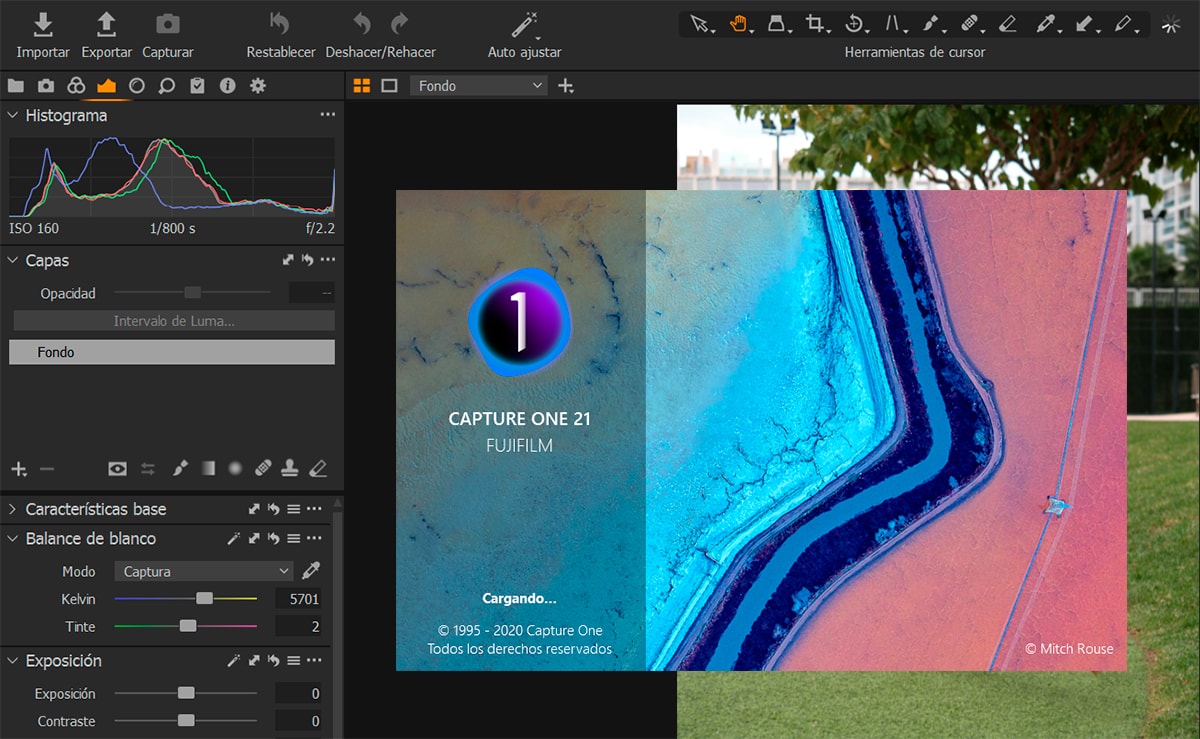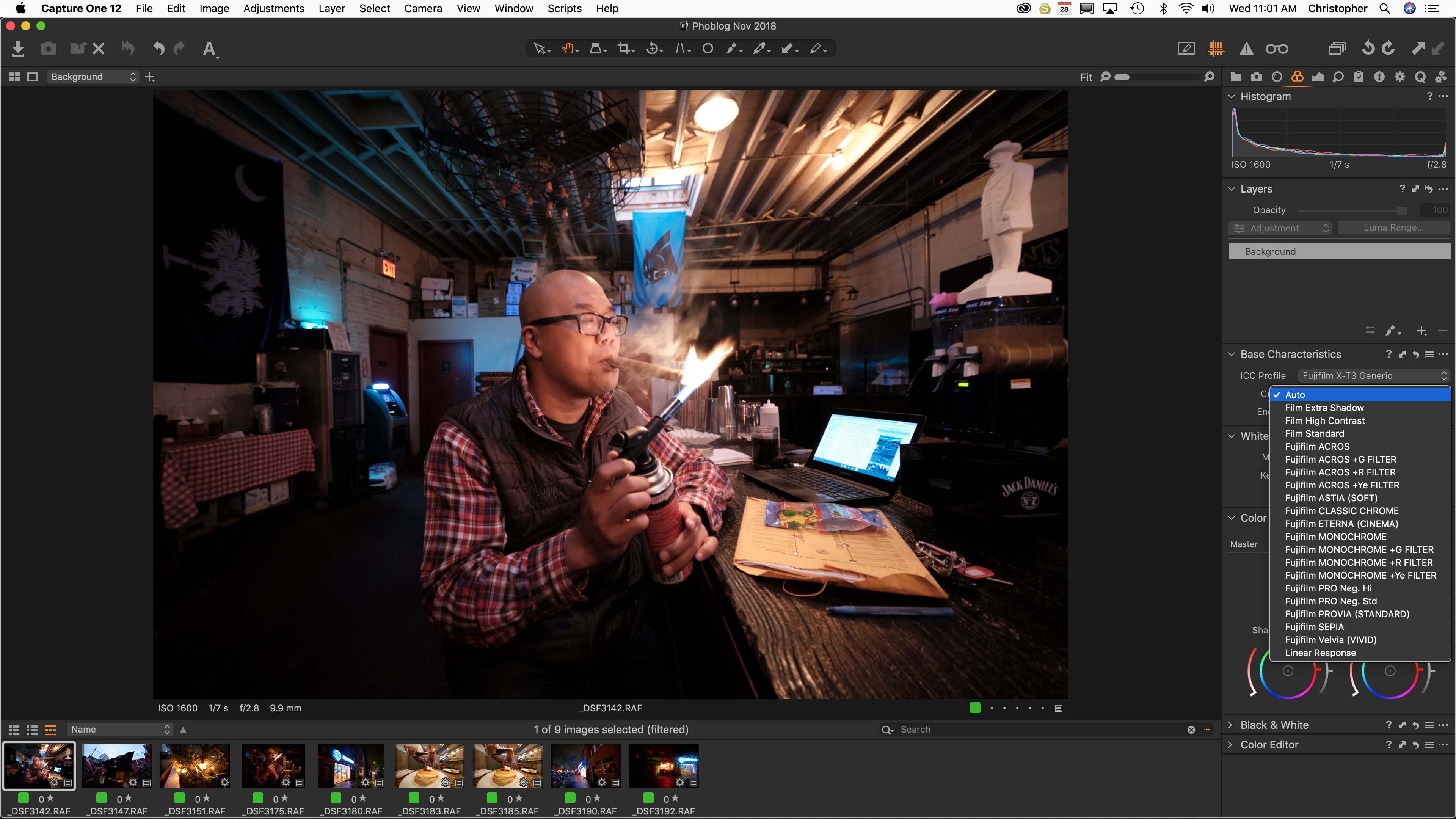


Take identical photographs of cloud formations every 15 seconds for an hour and you’ll have 240 shots, which at 30 fps is enough to produce an eight-second video. Since a video of the sky will generally be uninteresting, the concept behind a time-lapse video is essentially to speed-up nature, imaging the sky at intervals and then combining them at 30 fps to produce a dramatic-looking video. That’s no different to all video, which is mostly shot at around 30 frames per second (fps). The end result is a short video composed of individual photographs. Photo by Michael Townsend - f/18 | 1 minute 23s exposure 3 Capture a cloudy time-lapseĪ timelapse that shows dark clouds building across a landscape can be a very powerful way of capturing nature at its most dynamic. Use the long exposure technique to blur clouds and draw them across your frame, but remember to have some foreground interest in your frame too. You can learn more about polarizers and other camera filters with our dedicated guide here. Note that polarising filters tend to work best when the Sun is either side of you, not behind or in front of you. Once it’s on your lens you can gently twist it until it darkens the clouds, but not the landscape below. "A polarising filter will hugely improve the look of clouds by blocking polarized light from hitting your camera’s sensor, thus darkening them and the sky."Ī polarising filter will hugely improve the look of clouds by blocking polarized light from hitting your camera’s sensor, thus darkening them and the sky.They tend to be circular. More common is to find cheaper, lighter camera backpacks that include an elasticated waterproof cover that can be placed over the backpack when it starts to rain. While some high-end camera backpacks are made from fully waterproof materials, these tend to be both expensive and fairly heavy. The best option is to go for a hiking style camera backpack that is both comfortable and offers a lot of protection against the elements. After all, you don't want to risk getting your expensive camera getting wet. "Cloudscape" by Thomas Berge - f/11 | 1/5000s Equipment tip: Outdoor photography demands some preparation. Another great time to photograph clouds is during the golden hour (sunrise and sunset) when they are transformed with dreamy hues of blue, orange and pink.


 0 kommentar(er)
0 kommentar(er)
